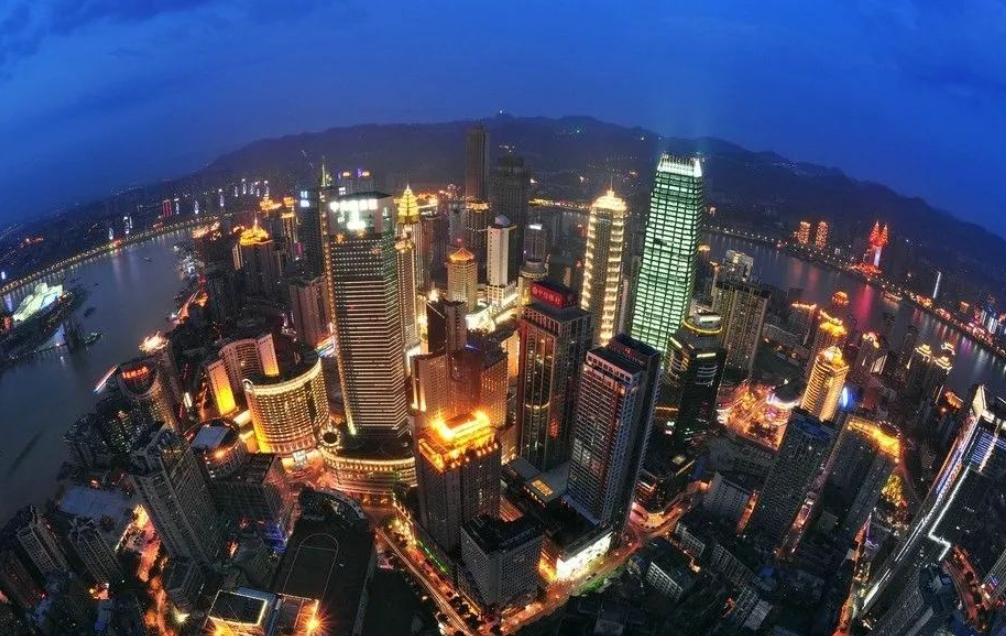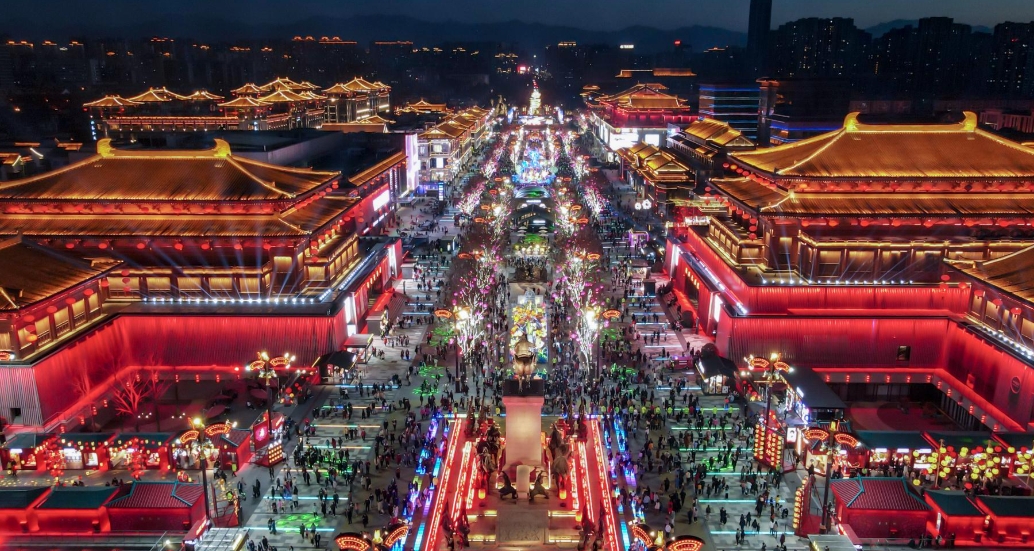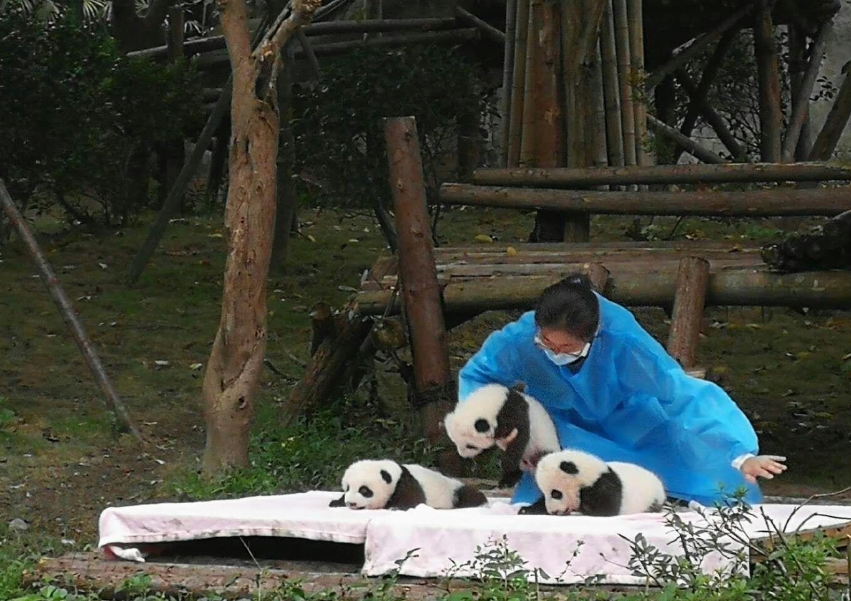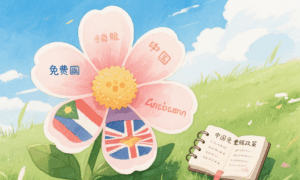China, a land of contrasts and contradictions, is a traveler’s paradise where ancient pagodas rub shoulders with futuristic skyscrapers, and spicy street food battles for attention with Michelin-starred cuisine. With over 5,000 years of history and 1.4 billion people, narrowing down the top 3 cities to visit in China is like choosing your favorite dumpling filling—it’s tough, but someone’s got to do it. After navigating through a maze of noodles, temples, and traffic, we’ve emerged with three cities that will make your Instagram feed pop, your taste buds dance, and your brain go, “Wait, did that taxi just drive through a building?”
1. Chongqing: The 8D City Where GPS Goes to Die
Let’s start with the city that’s not just a place—it’s a vibe. Chongqing, nicknamed the “Mountain City,” is like a real-life video game where you never know if you’re on the ground floor or the 20th. Imagine a city where elevators lead to rooftops that double as highways, and subway trains disappear into mountains like they’re auditioning for a James Bond movie. This is Chongqing, where geography took a creative writing class and decided to break all the rules.
 The Great Outdoors (Vertical Edition)
The Great Outdoors (Vertical Edition)
- Hongyadong: This 11-story cliffside complex looks like something out of Spirited Away, with red lanterns glowing against the night sky. Pro tip: Visit at dusk to watch the transformation from day to neon-lit night. Just don’t be surprised if you end up on the 11th floor only to realize it’s ground level.
- Li Zi Ba Light Rail Station: Here, the subway doesn’t just go through a tunnel—it goes through a building. Yes, you read that right. The train literally slices through an apartment block, leaving residents unfazed (and probably immune to jump scares).
- Yangtze River Cableway: For a bird’s-eye view of the chaos, hop on the cable car and dangle over the Yangtze River. Bonus points if you scream “I’m king of the world!” while waving a camera.
Foodie Heaven (Bring Your Antacids)
Chongqing is not just a city—it’s a gastronomic warzone. This is where hot pot was invented, and locals take their spice seriously. A typical hot pot meal involves a boiling cauldron of chili oil, Sichuan peppercorns, and enough heat to melt a snowman. But don’t worry, there’s a trick: order the “yin yang” pot, which splits the broth into spicy and non-spicy halves. It’s like having a peace treaty in a bowl.
- Street Food Extravaganza: Wander down the alleyways and follow your nose to stalls selling xiaolongbao (soup dumplings), mala tang (spicy hotpot skewers), and liangfen (cold jelly noodles). Pro tip: Avoid wearing white—stains are inevitable.
- Teahouse Therapy: After surviving the spice onslaught, retreat to a teahouse like Guanyinge Old Teahouse in Pengzhen. Sip on bi tan piao xue (green tea with floating jasmine flowers) and watch the world go by at a snail’s pace.
History with a Side of Fog
Chongqing’s history is as layered as its hot pot. During World War II, it served as China’s wartime capital, and remnants of that era can still be found in places like the Chongqing Great Bombing Memorial Hall. But the city isn’t stuck in the past—today, it’s a tech hub hosting events like the China International Intelligent Industry Expo, where robots and AI gadgets strut their stuff.
2. Chengdu: Pandas, Tea, and the Art of Doing Nothing
If Chongqing is the wild child of China, Chengdu is the laid-back sibling who’s always up for a nap. Known as the “Land of Abundance,” this city is all about balance: between work and play, spicy food and sweet desserts, and—most importantly—between panda cuddles and afternoon tea.
Pandas: The Furry Ambassadors
No trip to Chengdu is complete without meeting its most famous residents: the giant pandas. The Chengdu Research Base of Giant Panda Breeding is home to over 200 pandas, and watching them roll around like furry meatballs is a spiritual experience. Pro tip: Arrive early to catch the cubs at breakfast—they’re grumpy but adorable.
- Panda Valley: For a quieter panda encounter, head to this satellite base where pandas roam semi-wild. Bonus: You might spot red pandas too, which look like they’re wearing hipster glasses.
A City Built on Tea and Naps
Chengdu’s secret weapon is its teahouse culture. With over 30,000 teahouses, this city takes relaxation seriously. The People’s Park is ground zero for tea enthusiasts, where locals play mahjong, get ear massages, and debate the meaning of life over a cup of pu’er.
- Kuanzhai Alleys: These historic streets are a photographer’s dream, with traditional courtyard houses, craft shops, and tea houses. Don’t miss the Sichuan Opera performances here—watching a performer change masks in a split second is like magic, but with more face paint.
Food: The Spice That Smiles
Chengdu’s cuisine is a symphony of flavors—spicy, numbing, sweet, and sour. Unlike Chongqing’s in-your-face heat, Chengdu’s dishes have a playful side.
- Hot Pot with a Twist: Chengdu-style hot pot is slightly milder but no less addictive. Try the qingyang (clear broth) for a soothing alternative, or go all-in with mao cai (loose hot pot).
- Street Food Delights: Sample dan dan noodles (spicy sesame noodles), zhong dumplings (sweet and spicy dumplings), and long chaoshou (wonton soup). For dessert, indulge in tang yuan (sticky rice balls filled with sesame or red bean paste).
3. Xi’an: Where History Comes Alive (and Eats a Lot)
Xi’an, the ancient capital of 13 dynasties, is like an open-air museum where every brick has a story. From the Terracotta Warriors to the bustling Muslim Quarter, this city is a time machine that also happens to serve killer kebabs.
 The Army That Never Sleeps
The Army That Never Sleeps
No list of China’s top attractions is complete without the Terracotta Warriors. Discovered in 1974 by farmers digging a well, this army of 8,000 life-sized clay soldiers has guarded Emperor Qin Shi Huang’s tomb for over 2,000 years. Walking through Pit 1 is like stepping into a silent battlefield—just don’t expect the warriors to pose for selfies.
- Huaqing Pool: Nearby, the Huaqing Hot Springs offer a relaxing contrast. This was once a royal retreat and the site of the Xi’an Incident, a pivotal moment in Chinese history.
The Muslim Quarter: A Feast for the Senses
Xi’an’s Muslim Quarter is a labyrinth of narrow streets filled with the aroma of cumin, the clatter of skewers, and the chatter of vendors.
- Jia San Soup Dumplings: These delicate dumplings are stuffed with piping-hot broth and served with a side of vinegar. Pro tip: Bite a small hole first to avoid burning your tongue.
- Yangrou Paomo: This lamb stew with torn flatbread is a local favorite. Tear the bread yourself—it’s therapeutic, and it makes the dish taste better.
Modern Meets Ancient
Xi’an isn’t just about the past. The Tang Paradise is a theme park dedicated to the Tang Dynasty, with live performances, gardens, and a music fountain show that’ll make your jaw drop. At night, the Great Tang All Day Mall transforms into a neon-lit wonderland, where dancers in Tang Dynasty costumes perform against a backdrop of skyscrapers.
Honorable Mentions: Because China Can’t Be Contained
- Shanghai: The “Paris of the East” offers glitz, glamour, and the world’s fastest elevator.
- Beijing: The capital blends imperial palaces (like the Forbidden City) with hipster cafes.
- Guilin: Famous for its karst mountains and the Li River, this is nature’s masterpiece.
Final Thoughts: Why These Three?
Chongqing, Chengdu, and Xi’an represent the best of China’s diversity. Chongqing is the rebel with a heart of gold, Chengdu is the chill friend who knows how to party, and Xi’an is the wise elder with a treasure trove of stories. Whether you’re hiking up a mountain, sipping tea in a bamboo forest, or marveling at ancient warriors, these cities will leave you with memories hotter than a Chongqing hot pot and sweeter than Chengdu’s tang yuan.
So pack your bags, charge your camera, and get ready for an adventure that’ll make your friends back home green with envy. China awaits—and it’s ready to blow your mind, one dumpling at a time.





Leave a comment